10 Best Dog Training Tips for Effective and Consistent Results
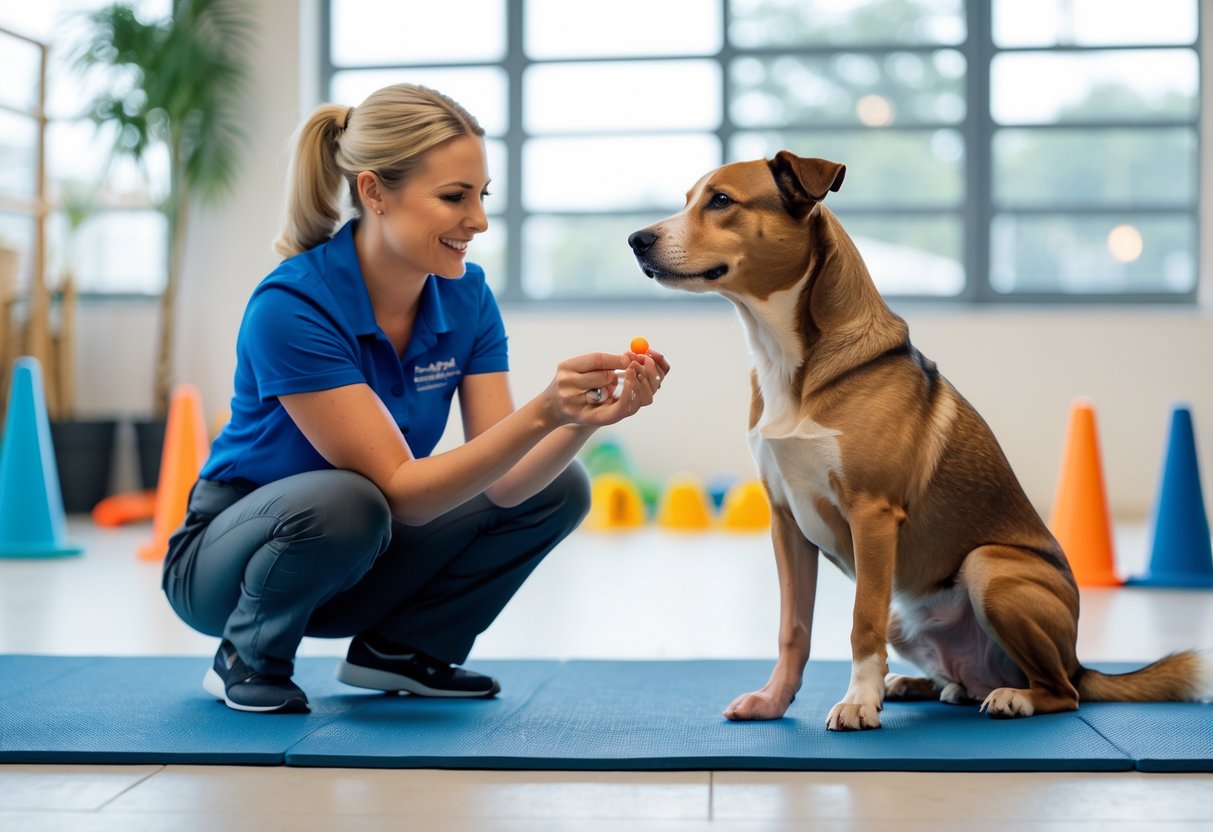
Training a dog is an important part of having a happy and well-behaved pet. It helps build trust and clear communication between the dog and its owner. Many people find dog training challenging, but with the right approach, it can become a rewarding experience for both.
The best dog training happens through patience, consistency, and positive methods that focus on rewarding good behavior. This article will share practical tips that can help owners train their dogs effectively, whether they are working with a puppy or an older dog.
1) Start training early, ideally during puppyhood
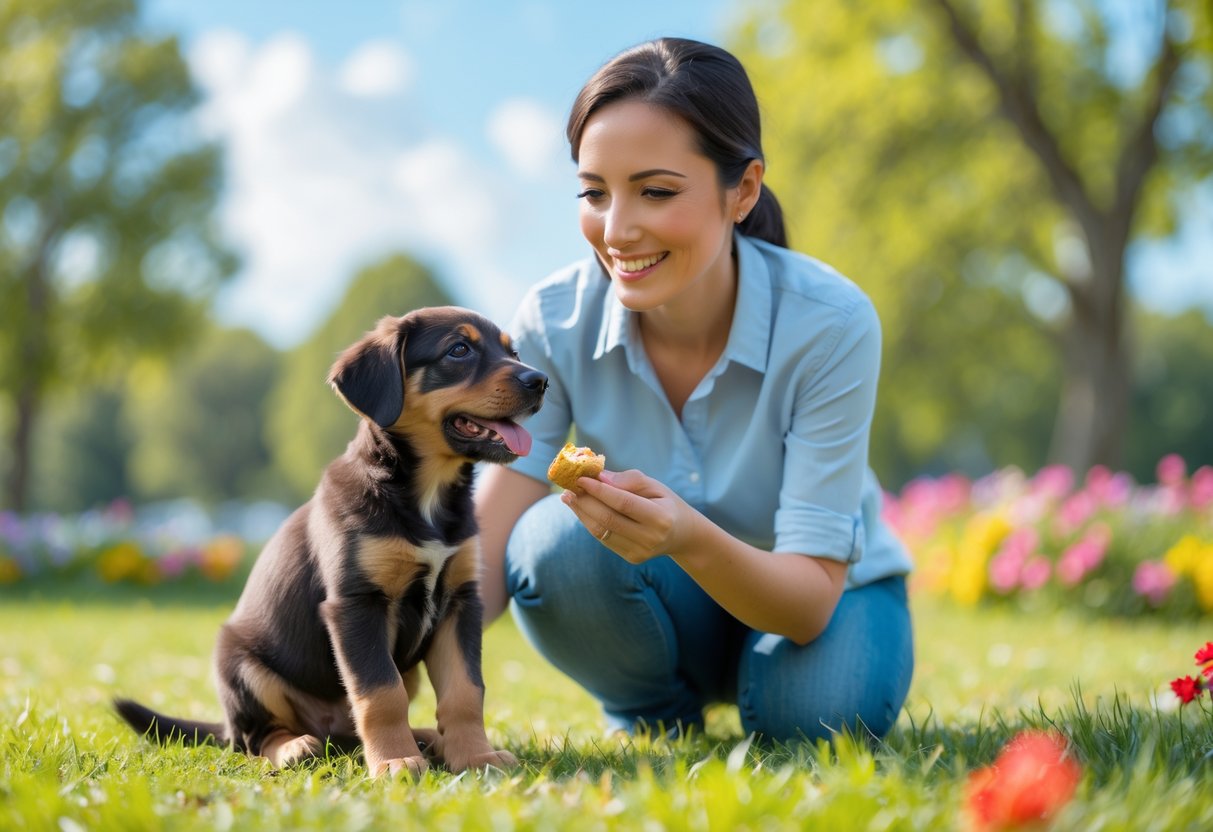
Training should begin as soon as the dog is a puppy. Puppies are like young children—they learn a lot in the first few months of life. Starting early helps them develop good habits and avoid bad behaviors.
Early training sets the foundation for future learning. It is easier to teach commands and social skills when a dog is young. Consistent, gentle guidance during this time makes a big difference.
Training in puppyhood also builds a strong bond between the dog and owner. This period is key to shaping a well-behaved and confident dog over time.
2) Use positive reinforcement like treats and praise
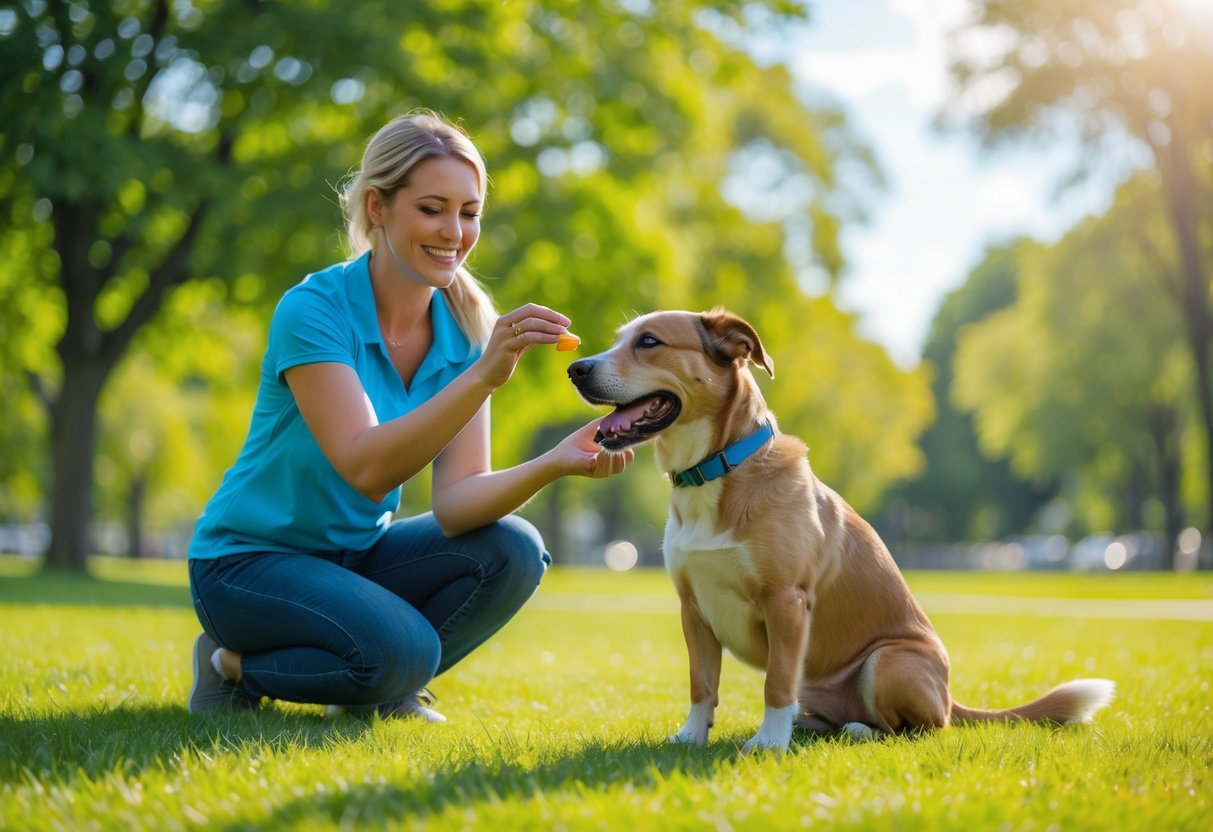
Positive reinforcement is an effective way to train dogs. It means giving a reward when the dog does something good. The reward can be treats, praise, or a favorite toy.
This method helps dogs learn faster because they want to earn the reward. It also builds a stronger bond between the dog and the trainer.
When the dog shows the desired behavior, immediate rewards make it clear what is expected. Ignoring unwanted behavior while rewarding good actions helps guide the dog gently and clearly.
3) Be consistent with commands and expectations
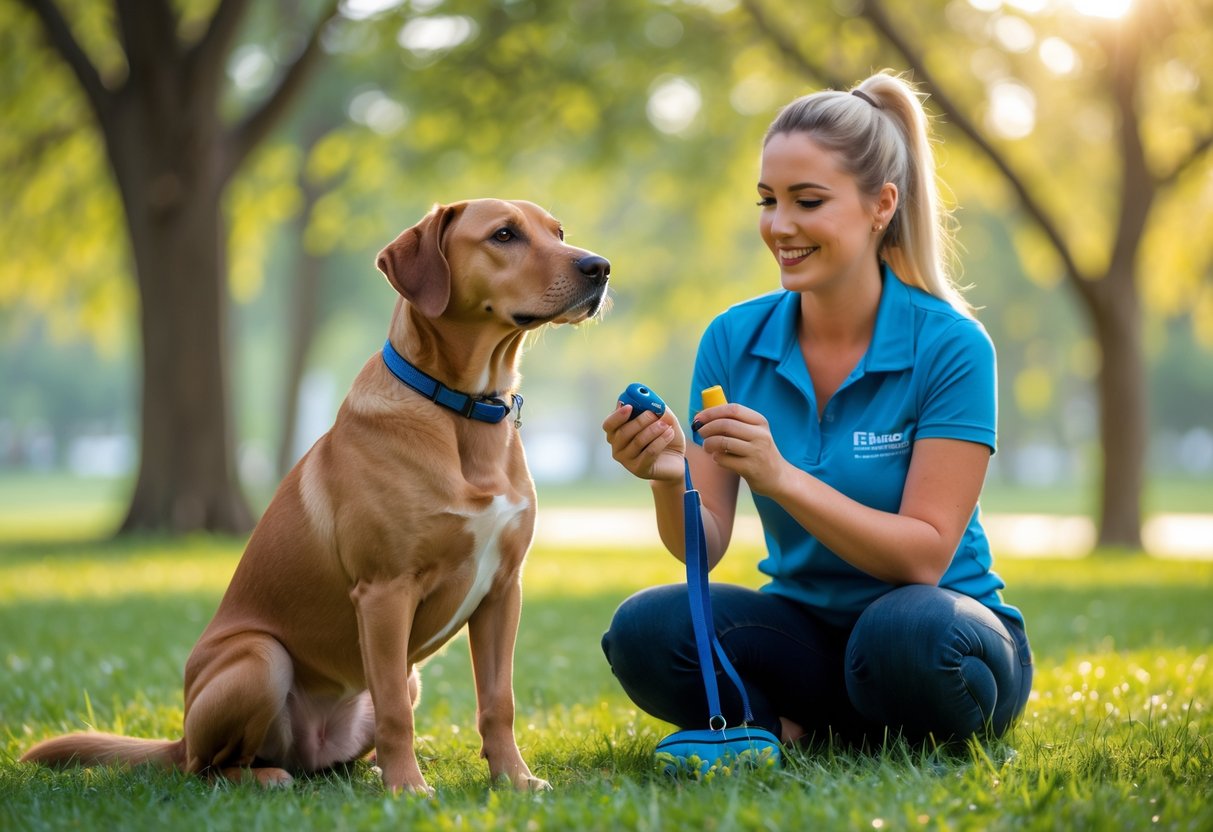
Consistency helps dogs learn faster. When everyone uses the same words for commands, the dog understands what to do without confusion.
If one person says “sit” and another says “down” for the same action, the dog may get mixed up. Using the same commands every time makes training clearer.
Expectations should also stay the same. If a behavior is allowed sometimes but not others, the dog won’t know the rules.
Consistent rewards and corrections help the dog connect actions with results. This makes training more effective and predictable.
4) Train in short, frequent sessions to maintain attention
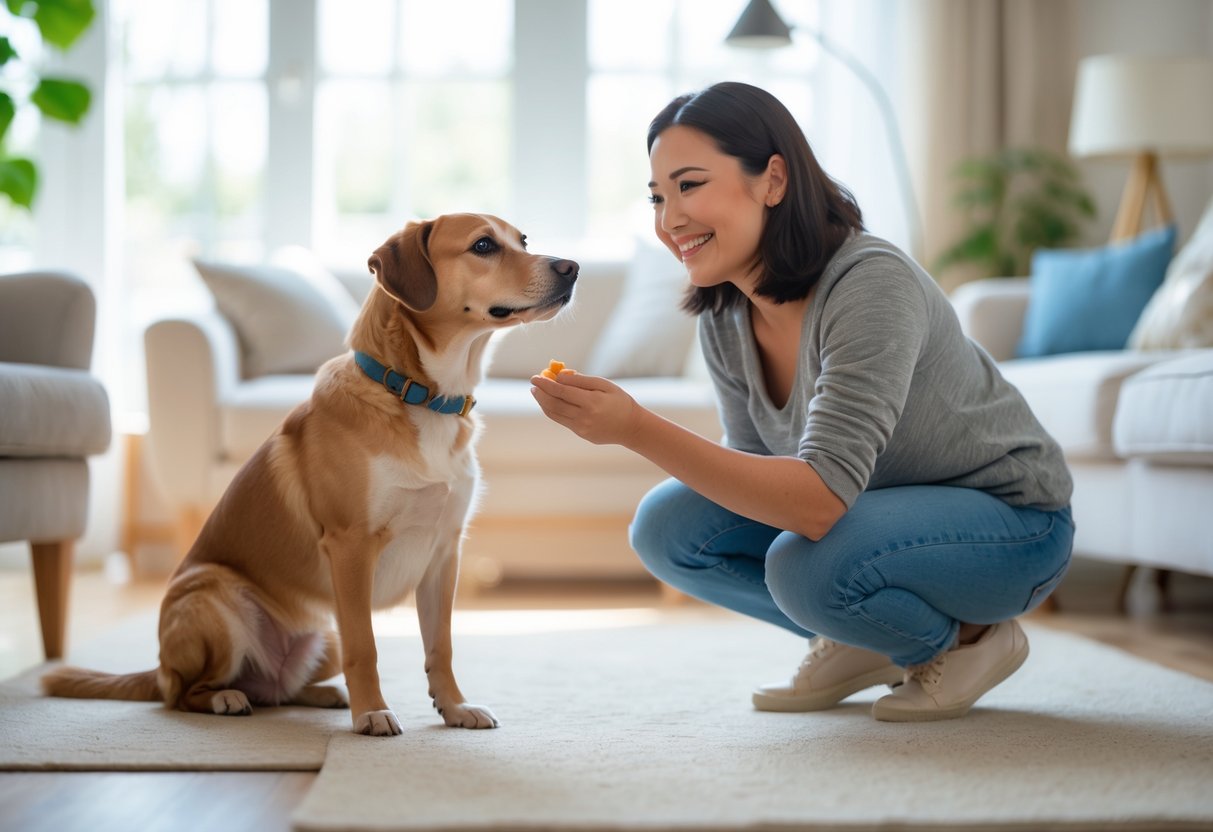
Dogs often have short attention spans, so training should match their focus level. Short sessions help prevent boredom and keep dogs interested in learning.
Frequent training throughout the day allows the dog to absorb commands better. It also makes the lessons easier to remember.
Keeping sessions brief and consistent improves results over time. This approach helps trainers avoid overwhelming the dog while reinforcing good behavior.
5) Socialize your dog with different people and environments
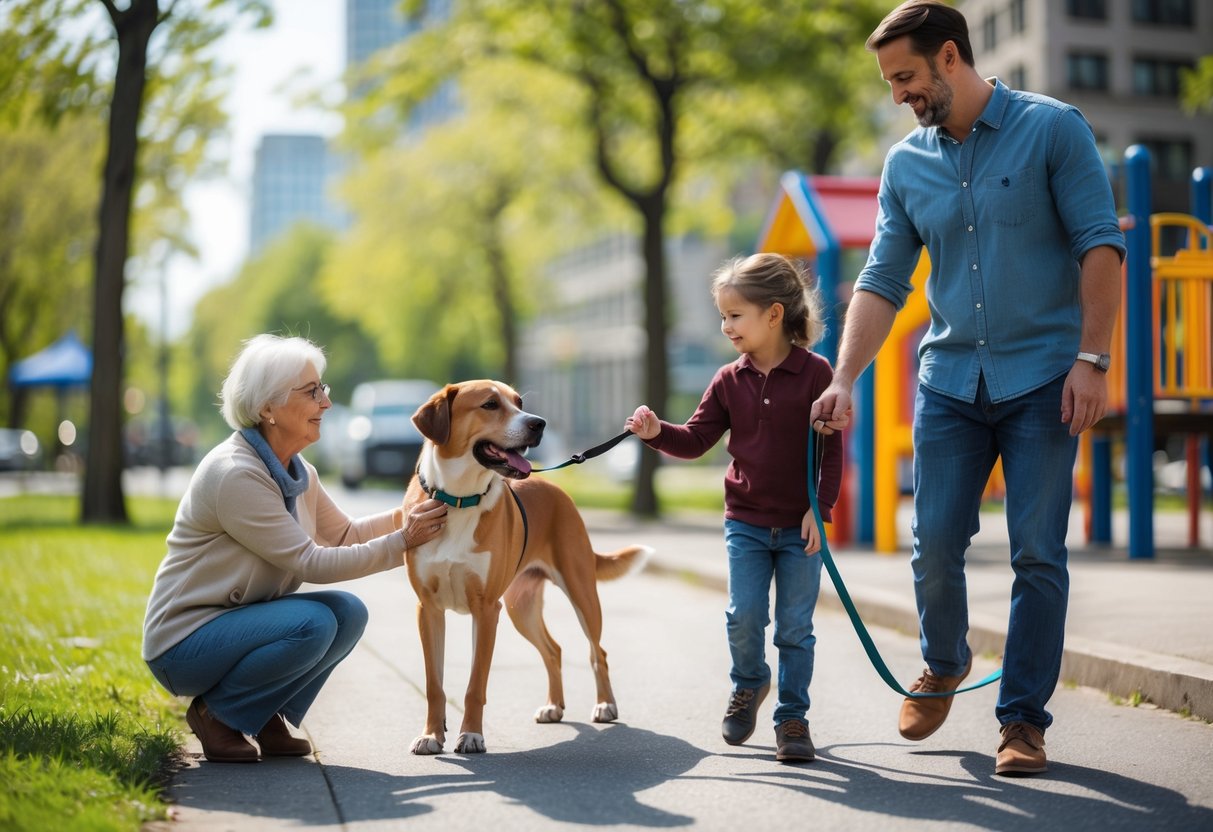
Socializing helps dogs feel comfortable around new people and places. It involves exposing them to various sights, sounds, and smells in a calm way.
Starting early is important, especially for puppies, but adult dogs can benefit too. This builds confidence and reduces fear.
Dogs should meet different types of people, such as children and strangers, to learn how to behave politely. Visiting parks, busy streets, and quiet areas helps them adjust to new environments.
Short, positive experiences work best. Always use gentle praise and avoid forcing the dog into situations that may cause stress.
6) Use a leash to control and guide during walks
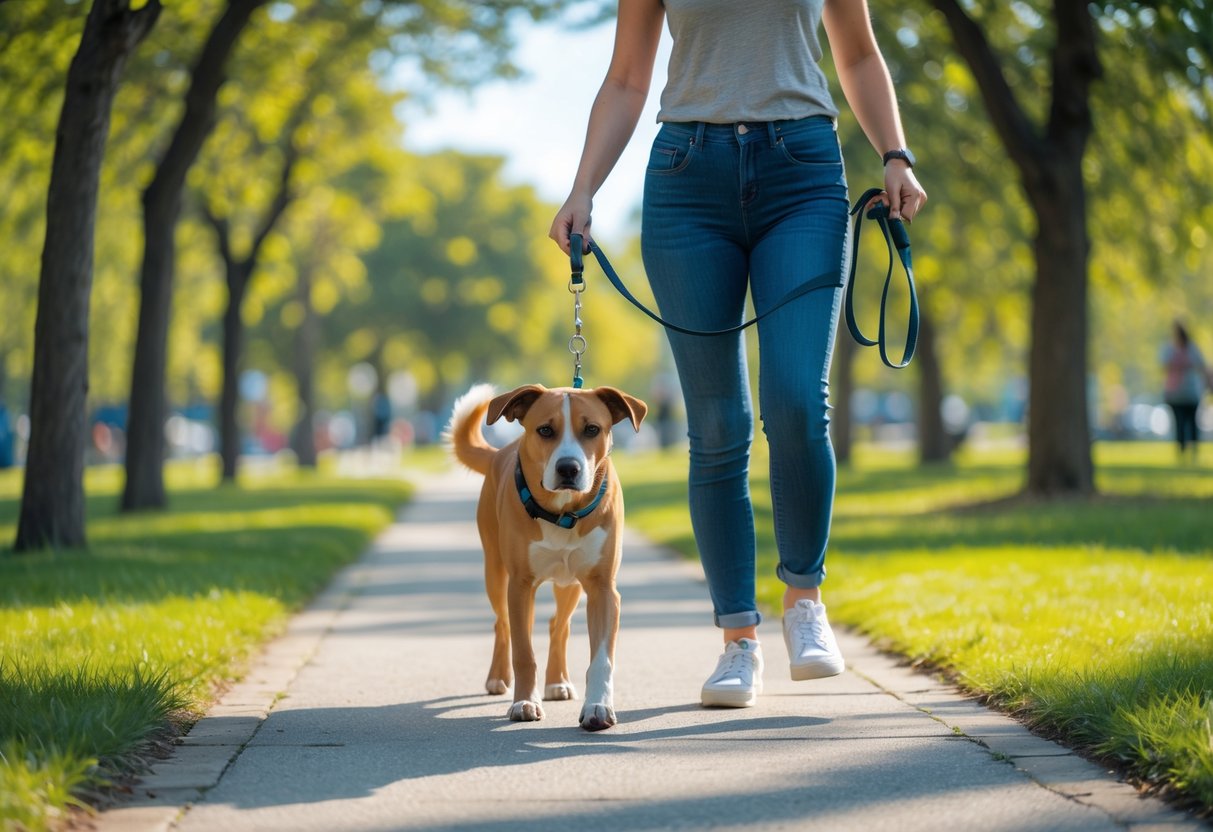
A leash helps the trainer control and guide the dog during walks. It keeps the dog close and prevents it from running off or getting into dangerous situations.
Choosing the right leash and collar or harness is important. A harness is often better for small or sensitive dogs because it reduces strain on their neck.
Consistent use of a leash allows the trainer to teach the dog proper walking behavior. Rewarding the dog for walking calmly on the leash helps reinforce good habits.
Starting leash training in quiet, safe places makes it easier for the dog to focus. Patience and positive reinforcement are key to successful leash training.
7) Avoid mixed signals by using the same words for commands
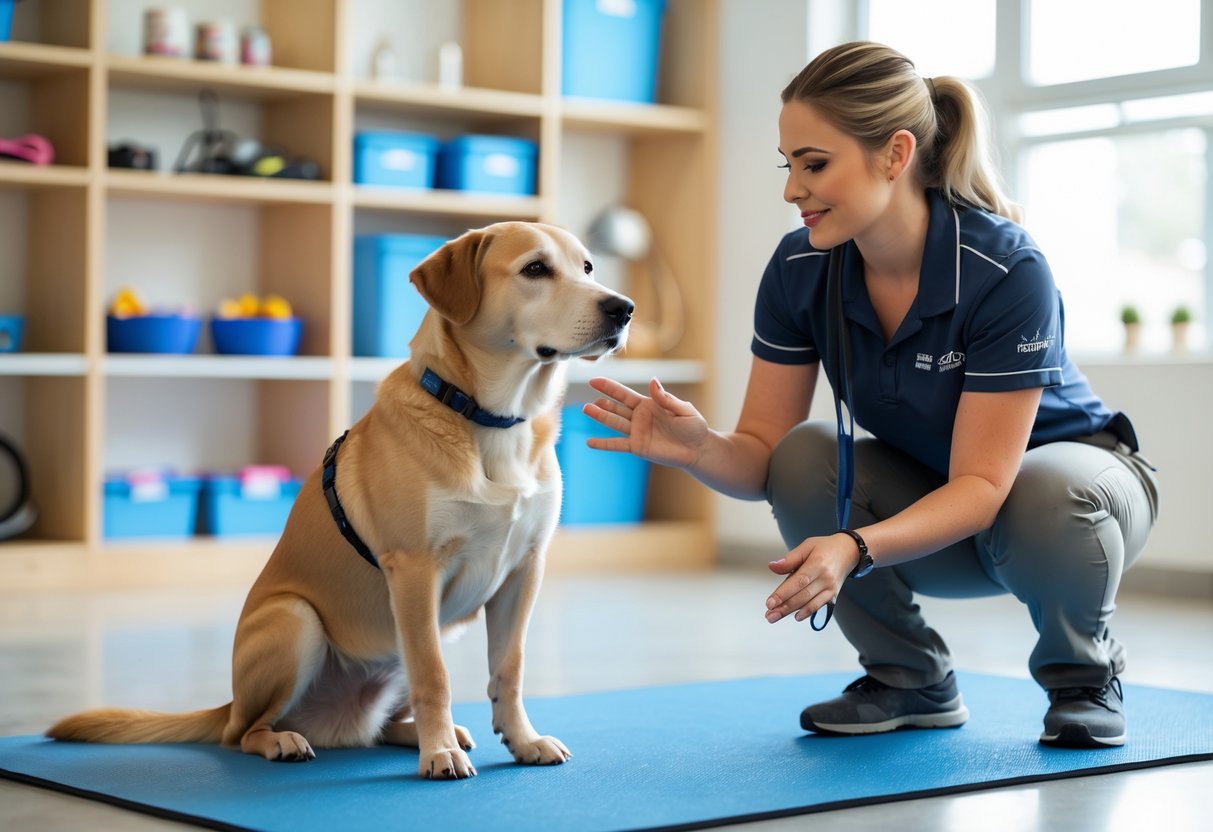
Using the same words for commands helps dogs understand what is expected. When different family members say different words for the same action, it can confuse the dog.
Consistency in language makes training clearer and helps the dog learn faster. It is important that everyone in the home uses the same voice commands and hand signals.
Changing commands or words often can slow down the training process. Sticking to one set of commands leads to more reliable behavior from the dog over time.
8) Reward good behavior immediately to reinforce learning
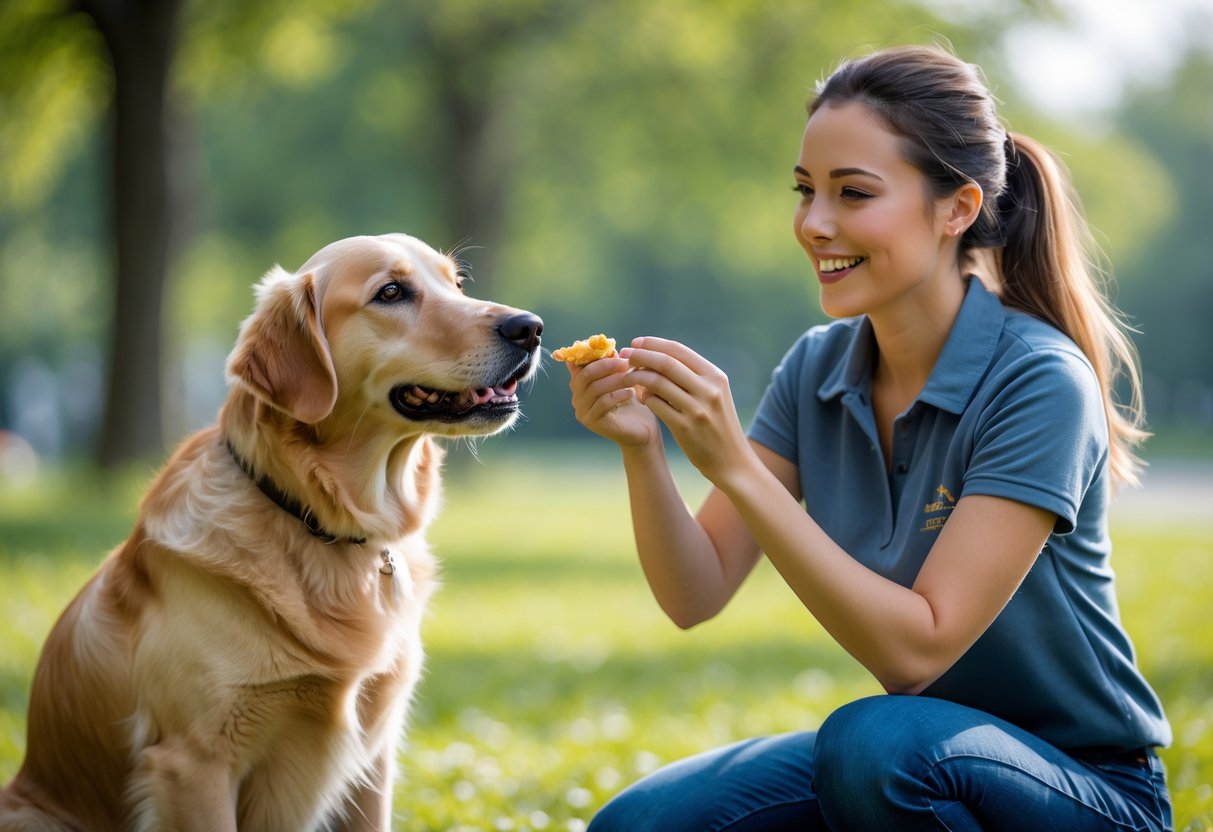
Timing is important when rewarding a dog. Giving a treat or praise right after the dog shows good behavior helps them connect the reward to the action.
If the reward comes too late, the dog may not understand what behavior earned it. Immediate rewards make learning clear and faster.
Rewards can be treats, toys, or praise. The key is to choose something the dog likes and use it consistently after good behavior. This strengthens the positive habit.
9) Ignore bad behavior instead of punishing
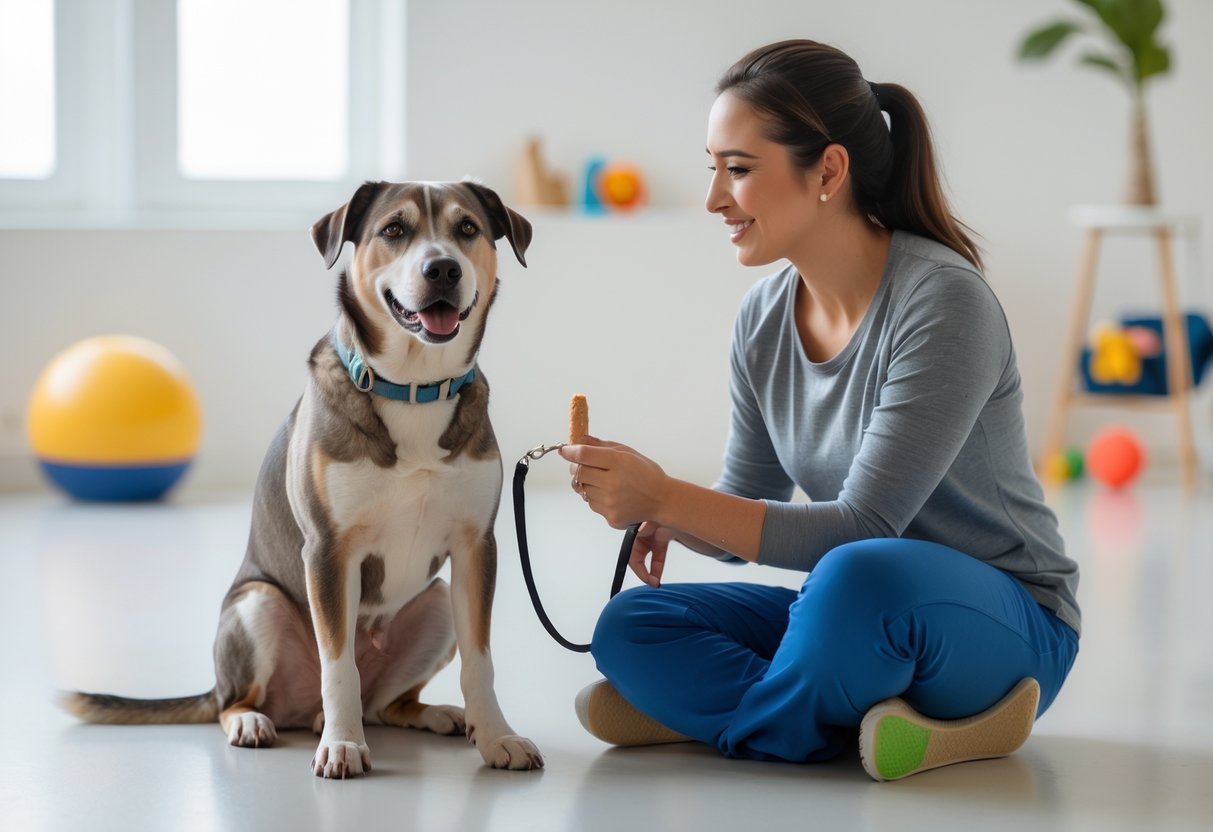
Ignoring bad behavior can help reduce it if done correctly. When a dog jumps or barks for attention, turning away removes the reward. This teaches the dog that bad actions do not get a response.
Punishing a dog may cause stress or confusion. It often distracts them rather than fixing the problem. Instead of punishment, owners should focus on rewarding good behavior.
Redirecting unwanted actions to positive ones works better. For example, if a dog jumps, waiting until all paws are on the ground before giving attention helps. Consistency is key to making this method effective.
10) Teach basic commands: sit, stay, come, and heel
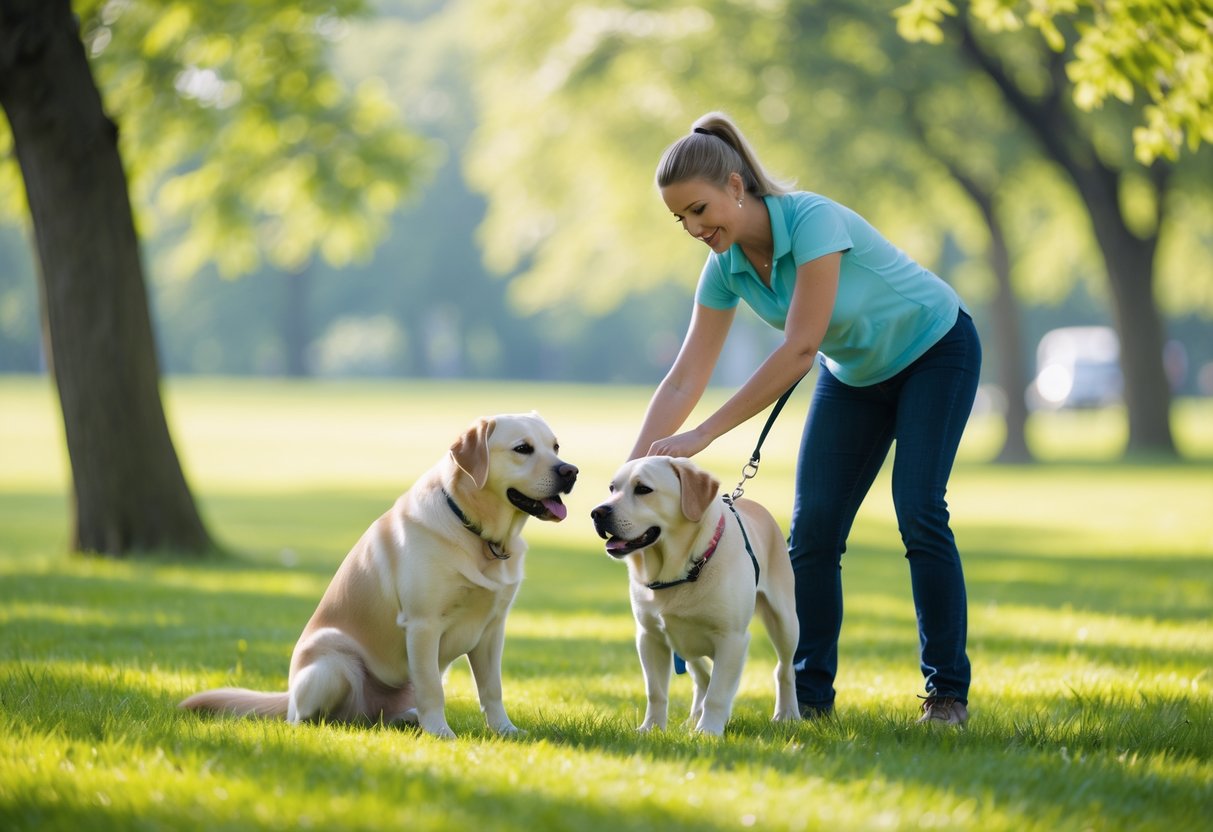
Teaching basic commands like sit, stay, come, and heel helps a dog learn good behavior and stay safe. These commands create clear communication between the owner and the dog.
Sit is often the first command taught because it helps calm and focus the dog. Stay teaches patience and control by asking the dog to hold a position. Come is important for recall and safety when the dog is off-leash or in distracting environments. Heel encourages the dog to walk close to the owner without pulling.
Practicing these commands regularly in short sessions helps the dog understand and respond reliably. Consistency and positive reinforcement make training more effective.
Understanding Canine Behavior
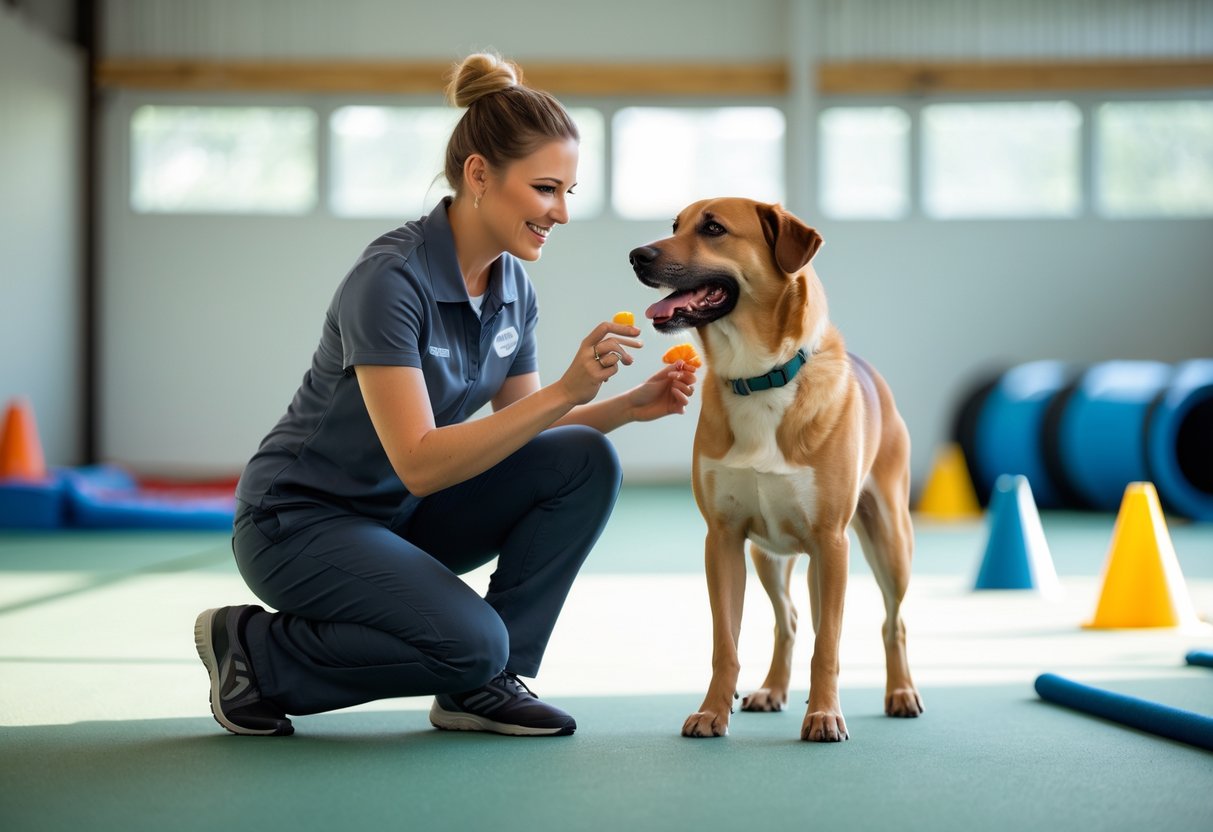
Dogs learn through experience and repetition. Their behavior often reflects how they are treated and what they expect from their environment. Recognizing how dogs understand the world helps trainers shape good habits and address problems effectively.
How Dogs Learn
Dogs mainly learn by associating actions with outcomes. When a behavior leads to a reward, like treats or praise, it’s more likely to happen again. This is called positive reinforcement.
They also pick up on body language and tone of voice. Dogs respond best to clear, consistent signals. Repetition helps dogs remember what is expected.
Patience is important. Dogs don’t learn complex commands all at once. Training should be short but frequent to keep the dog focused.
Common Behavioral Challenges
Many dogs develop habits like jumping up, barking, or chewing. These often come from boredom or confusion about what is allowed.
Separation anxiety can cause destructive behavior when a dog is left alone. Fear or stress might also cause aggression.
These problems are linked to how dogs interpret their environment and signals from owners. Addressing the root causes, such as lack of exercise or unclear boundaries, is key to fixing behavior.
Consistency in training and clear limits help reduce these challenges over time.
Building a Successful Training Routine
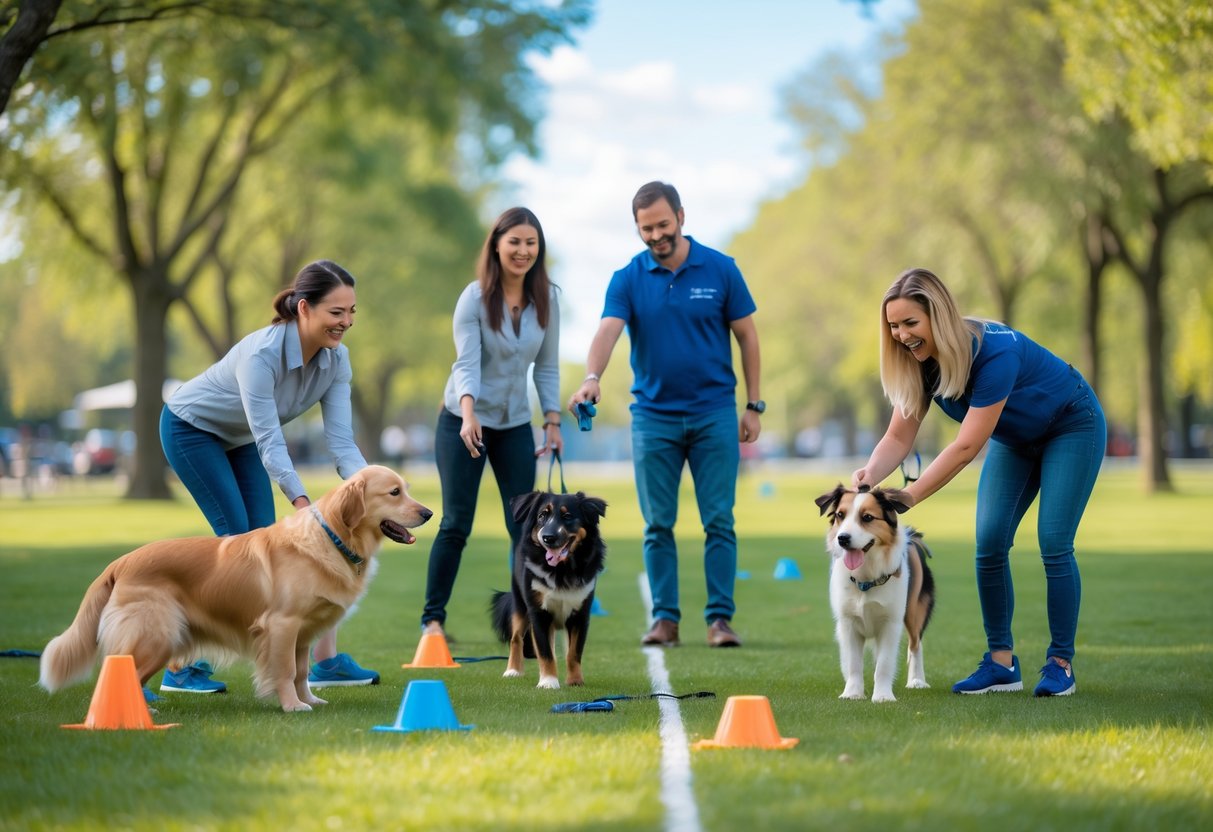
A good training routine depends on steady effort and clear rewards. Making training predictable and encouraging helps a dog learn faster. It also builds trust between the owner and the dog.
Establishing Consistency and Patience
Consistency is key to good dog training. The owner should use the same commands, signals, and rules every time. Changing words or expectations confuses the dog and slows progress.
Training sessions should be short but regular. Around 5 to 10 minutes a few times a day works best. This prevents the dog from getting bored or tired.
Patience is essential. Dogs learn at different speeds. If a dog struggles with a behavior, repeating the lesson calmly is better than showing frustration. Staying calm helps keep training positive.
Positive Reinforcement Techniques
Positive reinforcement uses rewards to encourage good behavior. This can include treats, toys, or praise. Rewards must come immediately after the desired behavior so the dog connects the action with the reward.
It is important to only reward the exact behavior wanted. For example, if a dog sits, the owner should reward right after the dog sits, not before or after it stands up.
Over time, the owner can reduce treats and rely more on praise or play. This helps maintain good behavior without always needing food.
Using punishment or harsh corrections is not effective. Positive reinforcement builds a better relationship and encourages a dog to repeat good actions willingly.
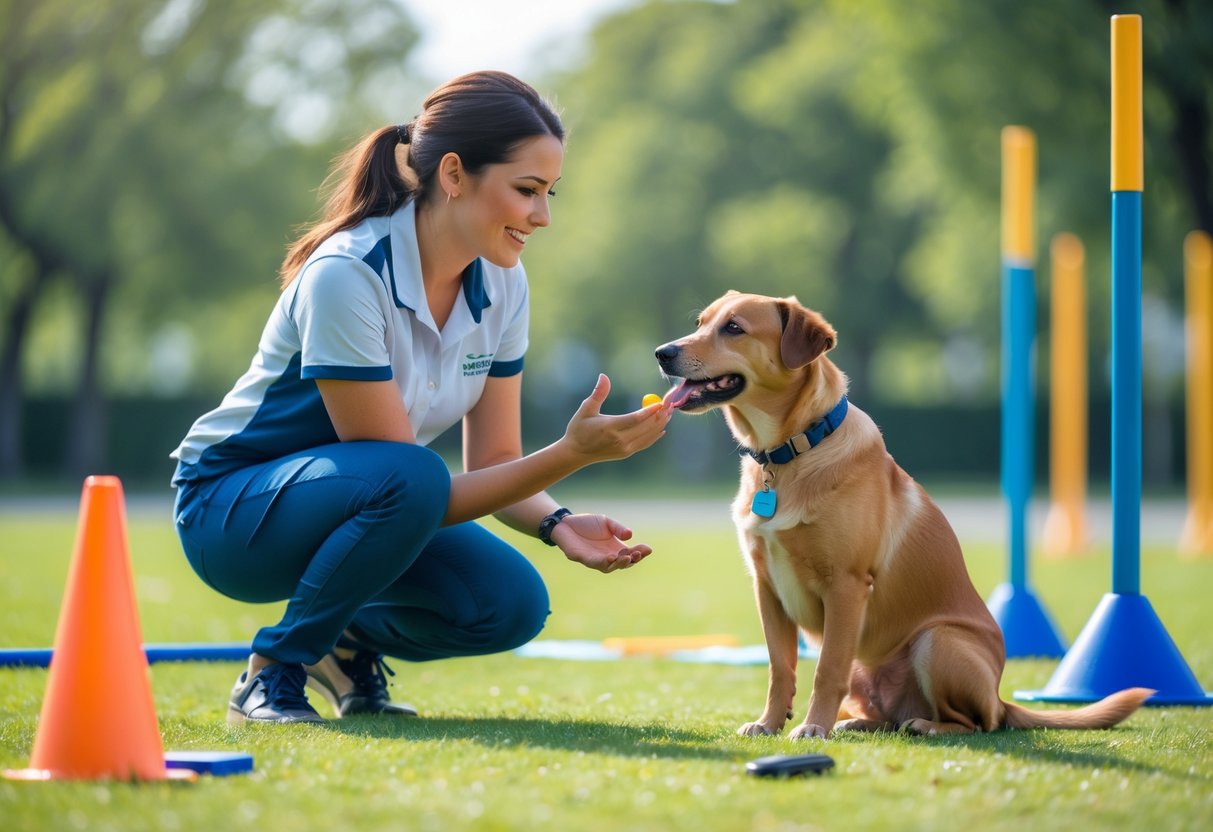
Frequently Asked Questions
Training a dog requires clear steps and consistent efforts. Positive rewards, short practice sessions, and socializing help improve behavior and learning.
